SUMMARY
This is AI generated summarization, which may have errors. For context, always refer to the full article.
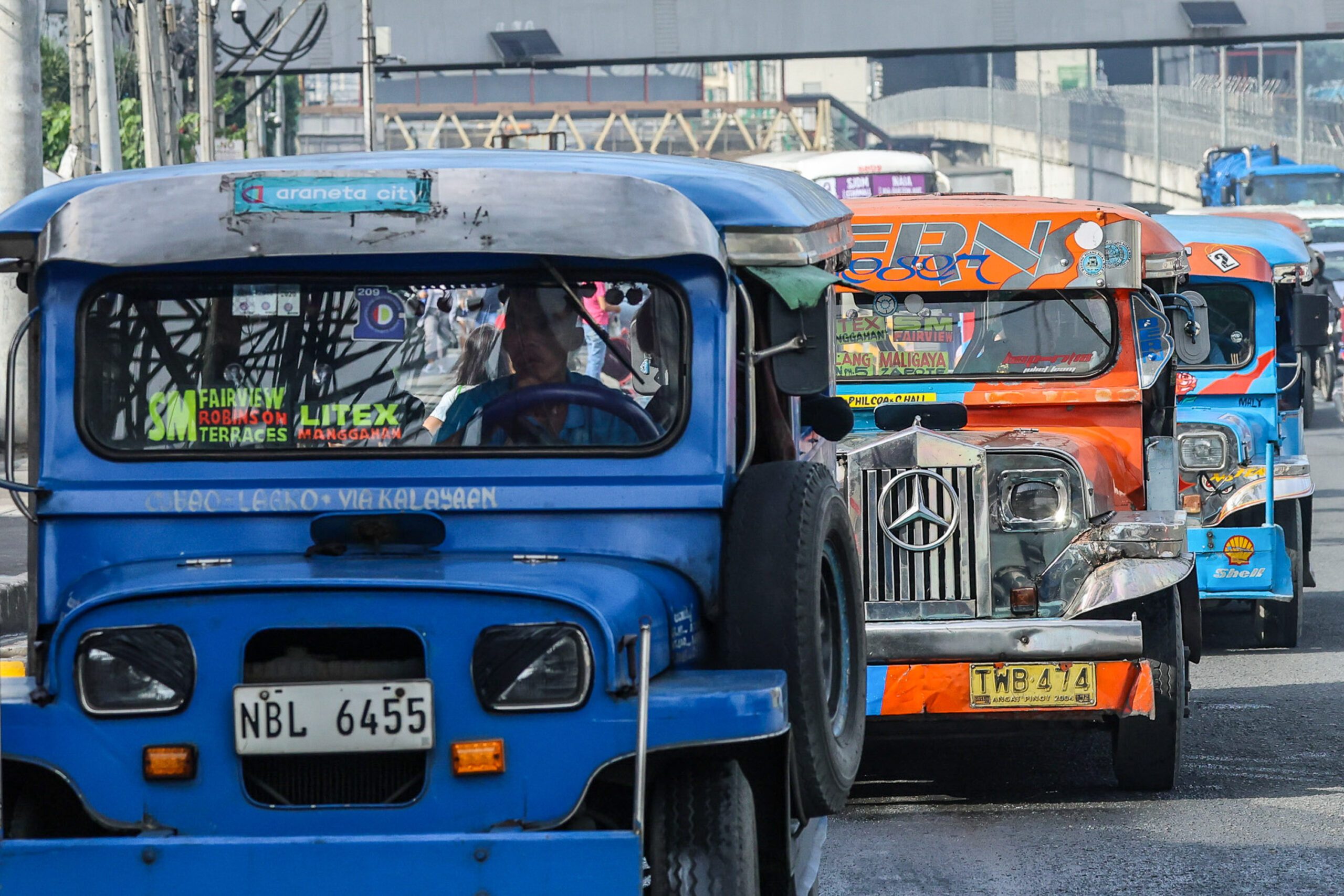
MANILA, Philippines – The government is determined to stick to its December 31 deadline for public utility vehicles (PUV) to consolidate, but agencies have given some leeway for unconsolidated PUVs to continue operating along certain routes to prevent a transportation crisis come 2024.
Despite several demonstrations held against the PUV Modernization Program (PUVMP), the deadline for jeepneys and other public utility vehicles to consolidate into corporations or cooperatives will remain unchanged, as repeatedly emphasized by both President Ferdinand Marcos Jr. and Transportation Secretary Jaime Bautista.
That means PUVs that fail to consolidate by the end of the year will lose their right to operate by January 1, 2024. Groups such as Bayan, Anakbayan, and PISTON point out that based on current numbers, around 30,000 jeepneys could be off the road by next year, leading to an “imminent transport crisis.” But the government insists that the public transport system will hold up.
“Looking at the whole universe of the other modes of transportation, wala pong nakikita ang LTFRB na magiging transportation crisis pagpasok ng 2024 (the LTFRB doesn’t see any transportation crisis once 2024 comes in),” said Land Transportation Franchising and Regulatory Board (LTFRB) Board Member Mercy Paras-Leynes in a press conference on Friday, December 29.
Among the steps that the government has taken to prevent disruptions to commuters is to allow some unconsolidated jeepney units to continue operating along routes with low numbers of consolidated jeepneys.
For instance, LTFRB Memorandum Circular 2023-052 states:
- In routes where the consolidation rate of jeepneys is already above 60%, unconsolidated jeepneys will no longer be allowed to operate after December 31, 2023.
- In routes where the consolidation rate of jeepneys is below 60%, unconsolidated jeepneys will be allowed to operate until January 31, 2023.
- In routes where there are no consolidated jeepneys, unconsolidated jeepneys will be allowed to operate until January 31, 2023.
The LTFRB said that any gap coming from PUVs not being allowed to operate starting January 1, 2024 will be filled by other modes of transportation and jeepneys in nearby routes.
“There are still other modes of public transport in Metro Manila. We are talking of buses, other modes like taxis, TNVS that could also accommodate public demand…. We could meet the public demand for public transport come January,” said LTFRB NCR Regional Director Zona Tamayo.
The agency also intends to use the period until January 31, 2024 to issue special permits assigning jeepneys from other routes to fill up the space along routes with low consolidation rates.
What happens to unconsolidated jeepneys after December 31?
Note that although unconsolidated jeepneys will be allowed to operate until January 31, 2024 along certain routes, this is not an extension of the consolidation deadline. Jeepney operators that don’t file any intention to consolidate before December 31, 2023 will not be allowed to organize into a juridical entity or join existing consolidated entities.
“Deadline is December 31, 2023. After that, they cannot anymore join other routes or consolidate,” Office of Transportation Cooperatives Chairman Jesus Ferdinand “Andy” Ortega told Rappler.
Jeepney operators who haven’t consolidated by December 31, 2023 will also be served a show-cause order by the LTFRB. After a hearing, the LTFRB Board will decide on the possible cancellation of their franchise for not complying with the consolidation requirement.
For this reason, the LTFRB is encouraging unconsolidated jeepney operators to file for consolidation at their offices, which will remain open every day until December 31, 5 pm.
What’s the status of consolidation?
Only 33.21% of jeepneys in the National Capital Region (NCR) have consolidated, which translates to about 13,893 units in 317 routes, majority of which are major thoroughfares. Despite the low number, it’s already considered a step up from the 26% of units consolidated before December 2023. (READ: IN NUMBERS: What’s the real status of jeepney consolidation?)
Meanwhile, for UV Express, the consolidation rate for NCR is 44.3%, or 3,259 units in 81 routes.
“Overall, if you add the jeepneys and the UVs that have consolidated, we are already at 35%,” said LTFRB’s Tamayo. “In terms of routes, consolidated routes has already reached 47.3% of all routes in Metro Manila.”
In provinces adjacent to Metro Manila, such as Rizal, Bulacan, and Cavite, consolidation numbers are higher. Based on the LTFRB’s data, 80% of the around 6,000 PUVs in these areas have already been consolidated.
Why are jeepneys being required to consolidate?
Industry consolidation is among the first steps in the government’s PUVMP, which hopes to modernize the aging traditional jeepneys that hold up the country’s public transport system.
By consolidating individual jeepney operators into cooperatives or corporations, the government plans to “rationalize” routes, allocating jeepneys along routes that need them rather than having them compete with each other.
Consolidation is also important for future parts of the program, such as fleet modernization. Individual jeepney operators may be unable to afford an upgrade to expensive modern jeepneys, but the government hopes that consolidated entities will be able to pool their resources and obtain better financing terms from banks.
However, critics of the PUV modernization program fear that consolidation and fleet modernization will lead to a “phaseout” of traditional jeepneys and force drivers and operators into debt. (READ: IN NUMBERS: Why jeepney phaseout is anti-poor, will do little for environment)
Meanwhile, the LTFRB acknowledges that the PUV modernization program needs more work, such as the financing for fleet modernization. The current government subsidy for operators who will upgrade to modern jeepneys is just P180,000, although there are proposals to raise this to P210,000.
“Kaya po namin ginagawa ito para (We’re doing this so that) after December 31, we can focus also on the other components of the PUVMP,” said LTFRB Board Member Mercy Paras-Leynes.
“’Yung industry consolidation is just the first component ng programa. So, may mga ibang components katulad ng mga financing na gusto natin i-improve, pero ang lahat ng efforts natin ngayon ay nakatutok pa doon sa industry consolidation,” she added.
(Industry consolidation is just the first component of the program. There are other components, like financing, which we want to improve, but all our efforts right now are focused on industry consolidation.)
Modern jeepneys may also become more affordable over time as local jeepney manufacturer Francisco Motors works on releasing its new model, which could cost less than P1 million.
Meanwhile, Japanese manufacturer Toyota pledged to invest up to P5.5 billion to develop a “new Tamaraw” after expressing support for the government’s PUV modernization program.
“We have completed investment of P1.3 billion out of P4.4 billion. We are committing an additional P1.1 billion for … a modern jeepney, bringing the total investment to P5.5 billion,” Toyota executive vice president Yoichi Miyazaki told President Marcos during the 50th Commemorative ASEAN-Japan Friendship and Cooperation Summit. – Rappler.com
Add a comment
How does this make you feel?
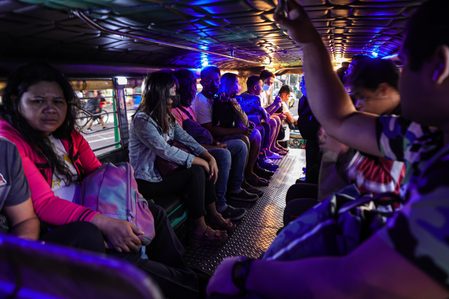
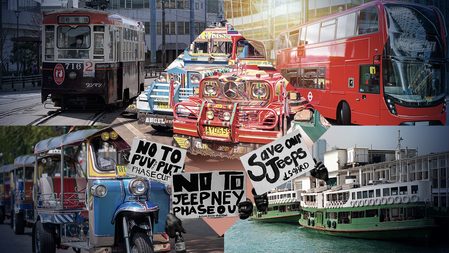


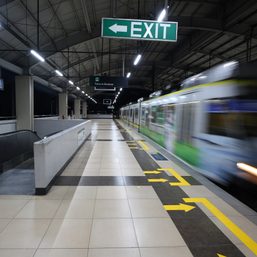




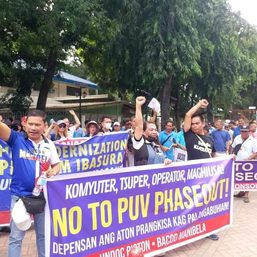
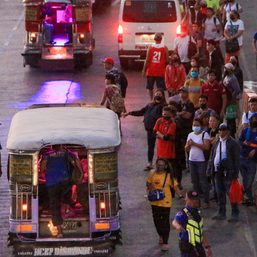
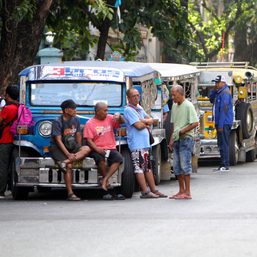

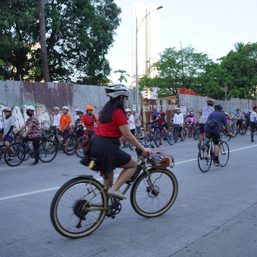
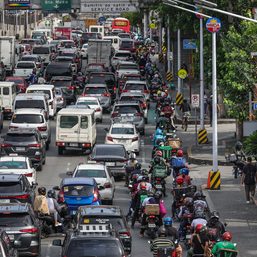
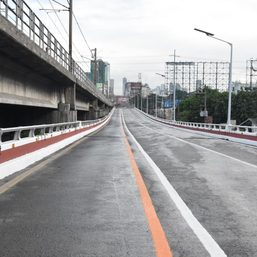
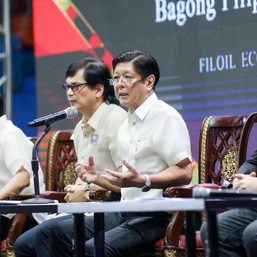
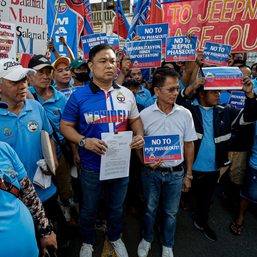


There are no comments yet. Add your comment to start the conversation.